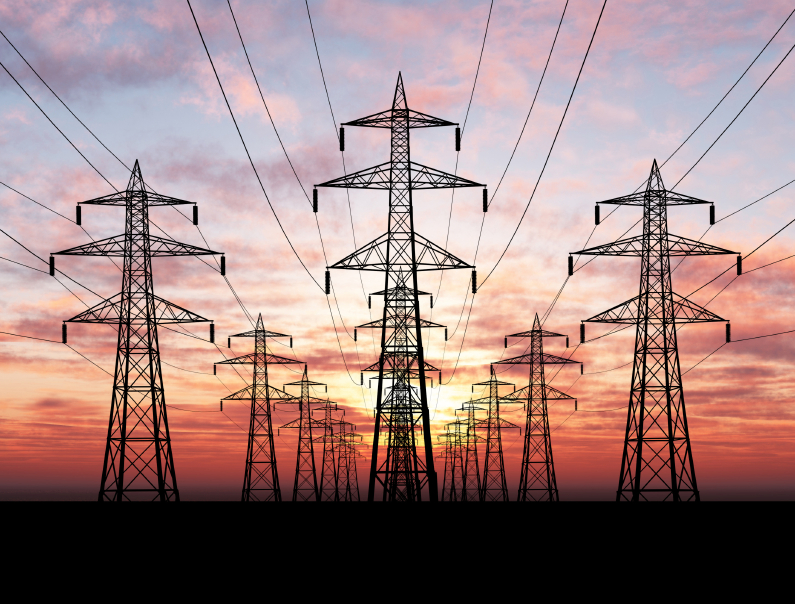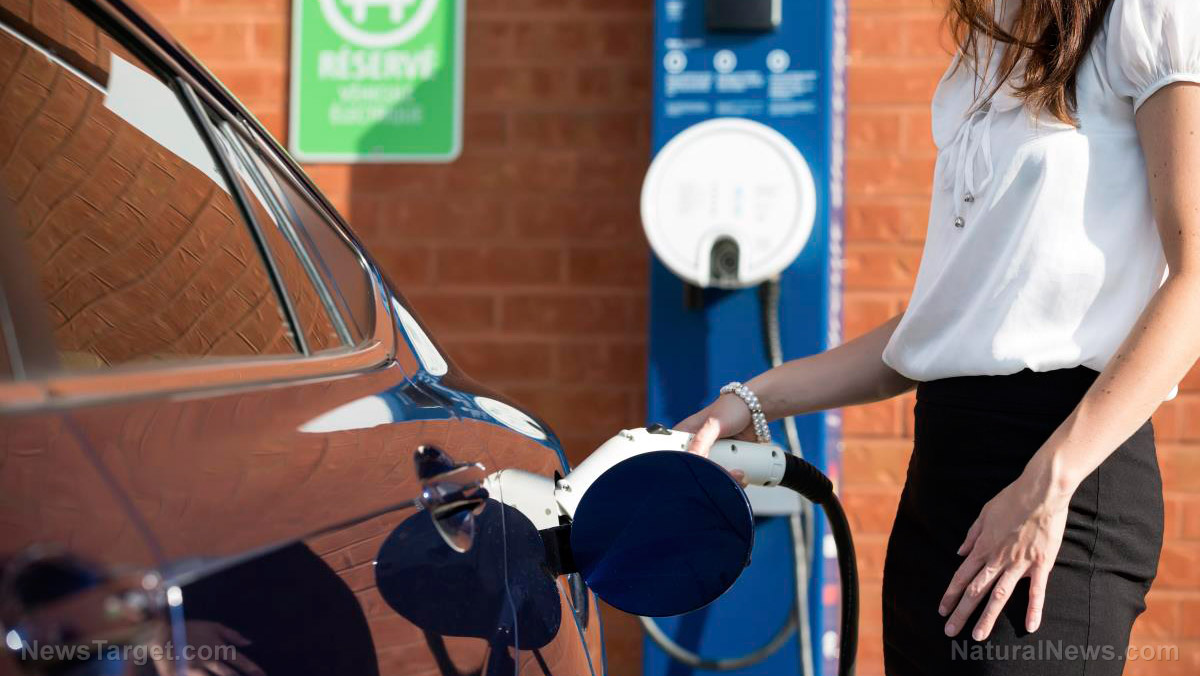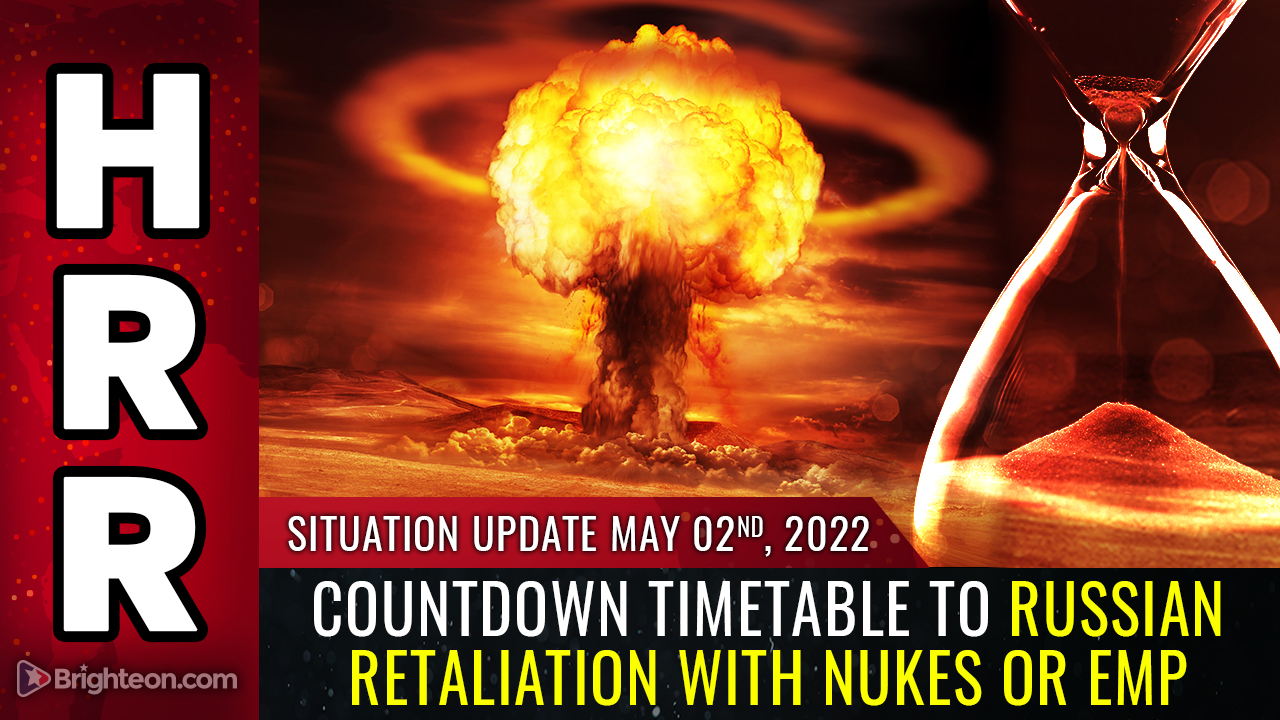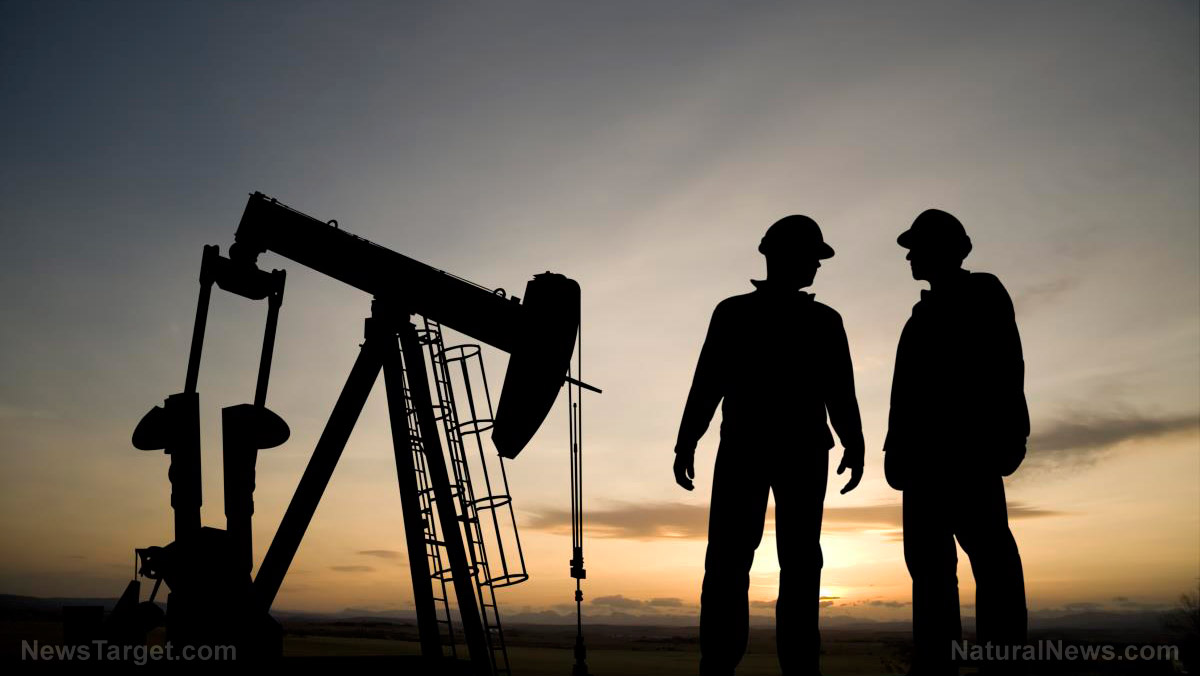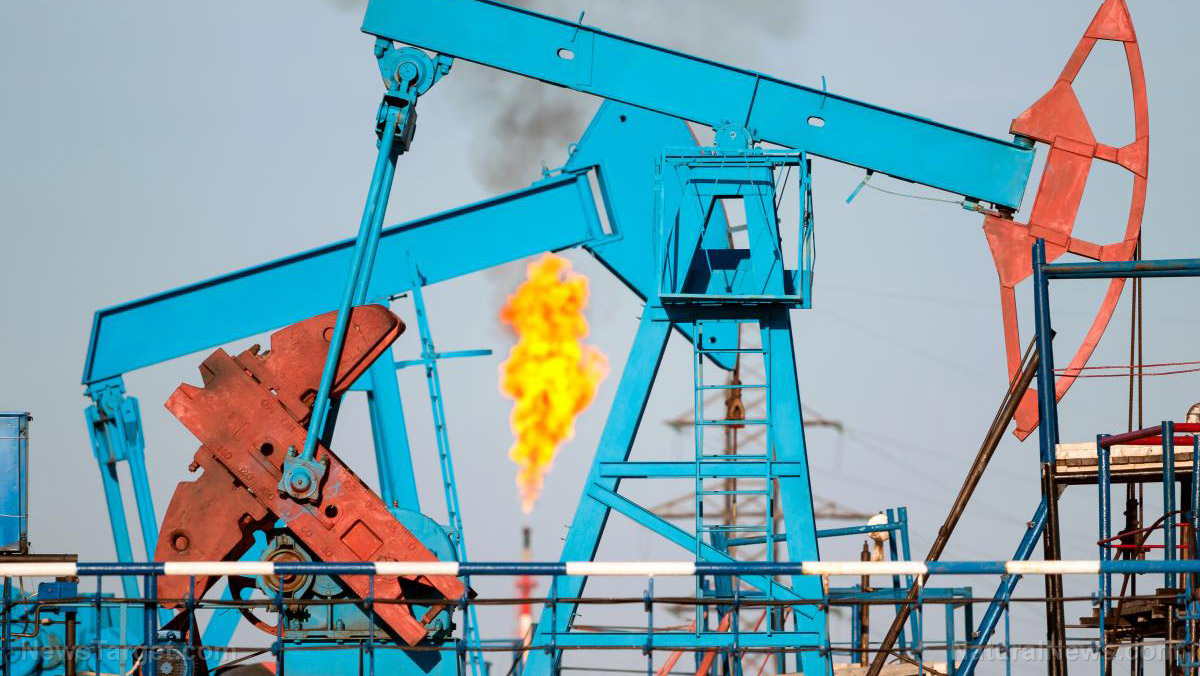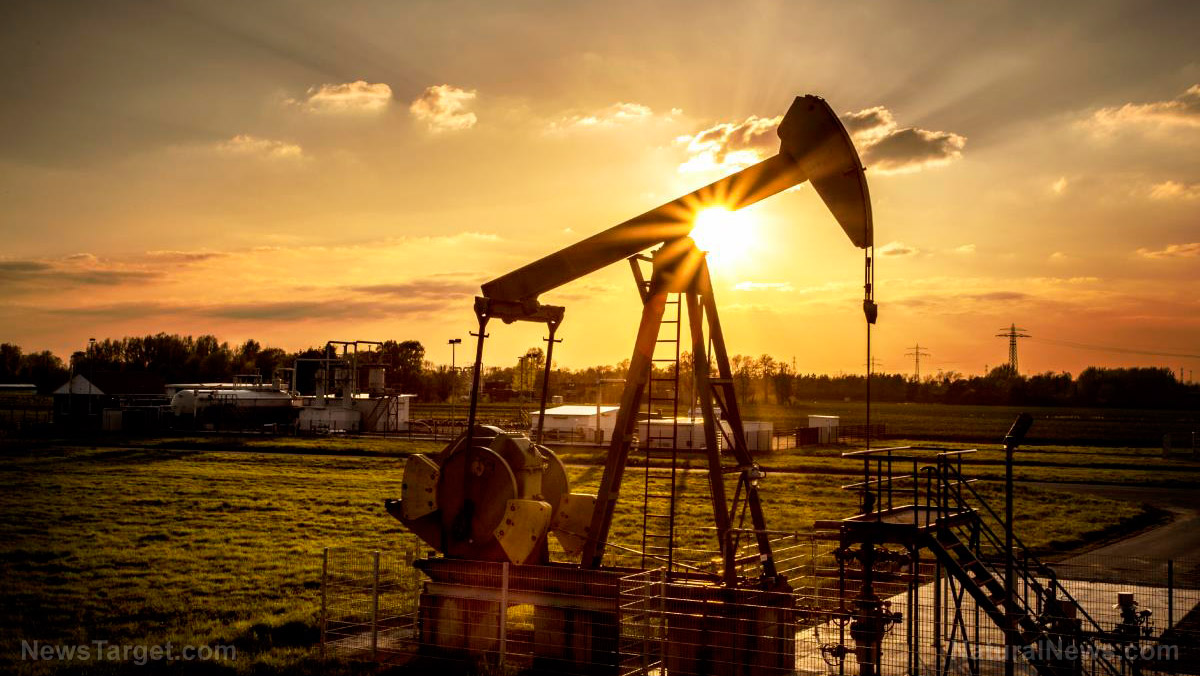Elevated crude prices and uptick in demand cause gasoline prices to reach 7-year high
11/10/2021 / By Mary Villareal
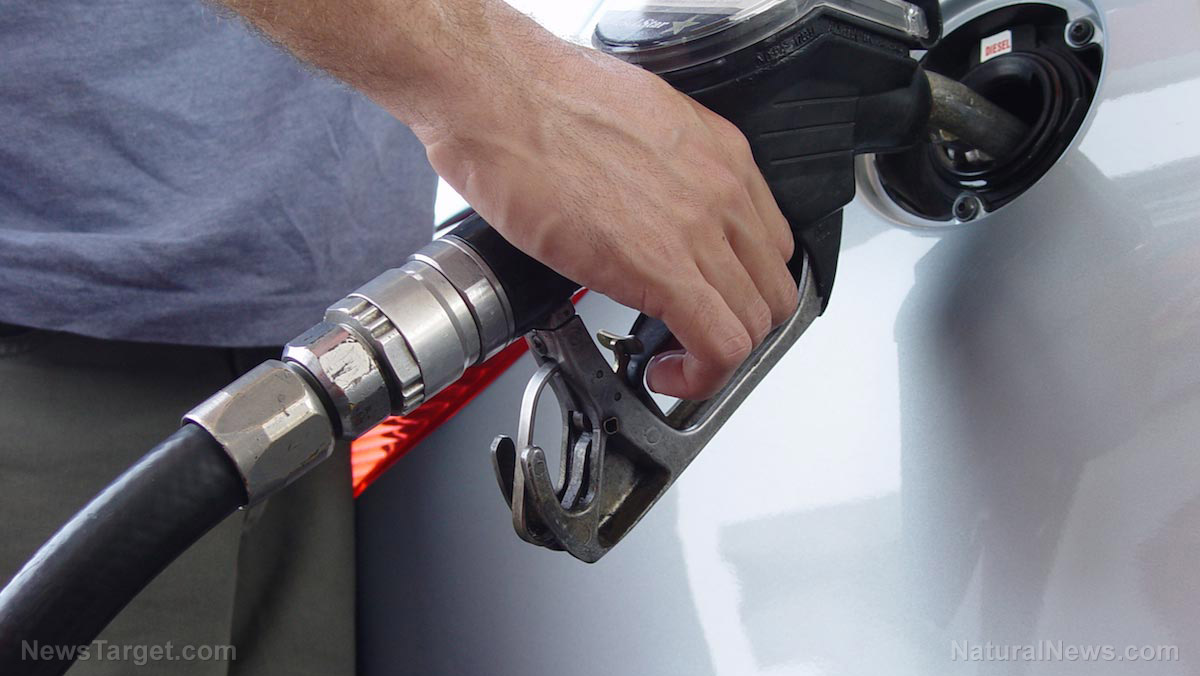
Gasoline prices in the United States reached a new seven-year high as elevated crude prices and an uptick in demand put upward pressure on prices at the pump. Gasoline demand rose to 9.5 million barrels per day, according to data from the Energy Information Administration (EIA).
“The slight increase in demand has contributed to price increases, while elevated crude prices continue to put upward market pressure on pump prices,” the American Automobile Association (AAA) stated.
A separate analysis also found that the average price for regular-grade gasoline jumped by five cents in two weeks, and up $1.30 higher from a year ago.
President Joe Biden’s administration has faced sharp criticisms over the rising gas prices, but it has no immediate plans to tap into the emergency reserves nor limit the energy exports outside of the United States, according to the Department of Energy.
In a recent press briefing, Biden was asked when he would respond with a Strategic Petroleum Reserve release, given that Organization of the Petroleum Exporting Countries (OPEC) plus snubbed his call to pump more oil. This is in reference to the cartel’s decision to ignore the administration’s request to increase production, opting instead to a previously agreed-upon plan.
“I’m not anticipating that OPEC would respond, that Russia and/or Saudi Arabia would respond. They’re gonna pump some more oil. Whether they pump enough oil is a different thing,” Biden said. (Related: New economic data provides definitive proof: Joe Biden and Democrats are intentionally crashing U.S. economy so they can remake it in the image of communism.)
He also noted that there are other ways to get more energy in the pipeline, although he did not provide more details other than that the administration is “dealing with other countries,” and that he would discuss the matter further at “an appropriate time.”
The administration’s plan to ease surging gasoline prices was to persuade OPEC-plus to agree to boost their production more sharply and reduce the supply crunch, but this has failed so far.
Secretary of Energy Jennifer Granholm was asked in an interview whether she anticipated the average national gasoline prices to break the $4 per gallon mark.
“We certainly hope not,” she said. “The president is all over this. Every president is frustrated because they can’t control the price of gasoline because it’s a global market. He can call upon increased supply, which he has done, and OPEC is, unfortunately, controlling the agenda with respect to oil prices.” (Related: Chinese gas stations ration diesel amid shortages, adding to supply chain crisis.)
The Energy Information Administration stated that it expects retail gasoline prices to fall to an average of $3.05 per gallon by December, with an updated forecast scheduled for November 9. In the outlook, the EIA stated that the average gasoline price for 2022 should drop to $2.90 per gallon, down from the average of $2.97 per gallon for 2021.
Gas prices directly affected by cost of oil
Republicans have been critical of the Biden administration for relying on OPEC-plus to deal with the rising gas prices instead of boosting domestic oil production. This is due to Biden shutting down construction of the Keystone XL pipeline, which would have been able to transport oil into the U.S. from oilfields in Alberta, Canada. The administration also put a freeze on other new drilling sites earlier in the year.
However, presidents don’t have any say at all in the price of gas, as these are directly affected by the cost of oil. The biggest reason for the soaring gas prices is the price of oil itself.
The demand for petroleum products took a dive in 2020 when the pandemic shut economies worldwide, prompting producers to turn off their taps. Demand has recovered as economic activity picked up, but producers have been slow to return barrels to the market. Hurricane Ida also exacerbated the supply and demand imbalance when it knocked production in the Gulf of Mexico.
While demand continues to go up, the supply of oil does not as the OPEC has not increased production to pre-pandemic levels. “Last year, we weren’t driving. Now the demand has increased, and what we are seeing is demand outpacing supply,” said AAA spokesperson Tiffany Wright. These gas prices are not only affecting the U.S. today either. Prices are soaring all over the globe.
“Asia and Europe, right now they are suffering a natural gas shortage. So Asia and Europe are looking to the oil market so you have more increase in demand” she added.
The price of a barrel of crude oil is now above $50. Macrotrends, a platform looking at oil prices across the globe showed that crude oil prices were below $20 a barrel in 2020. According to Patrick De Haan, head of petroleum analysis at Gas Buddy, the bulk of supply issues are linked to production and shipping disruptions that are similar to what has been seen throughout the Wuhan coronavirus (COVID-19) pandemic.
Read more about oil prices and how this is affecting the economy at Bubble.news.
Sources include:
Submit a correction >>
Tagged Under:
Bubble, Collapse, energy demand, energy production, energy supply, gas prices, global economy, heating fuel, inflation, Joe Biden, market crash, natural gas, power, power grid, products, shortage
This article may contain statements that reflect the opinion of the author
RECENT NEWS & ARTICLES
PowerGrid.News is a fact-based public education website published by Power Grid News Features, LLC.
All content copyright © 2018 by Power Grid News Features, LLC.
Contact Us with Tips or Corrections
All trademarks, registered trademarks and servicemarks mentioned on this site are the property of their respective owners.




